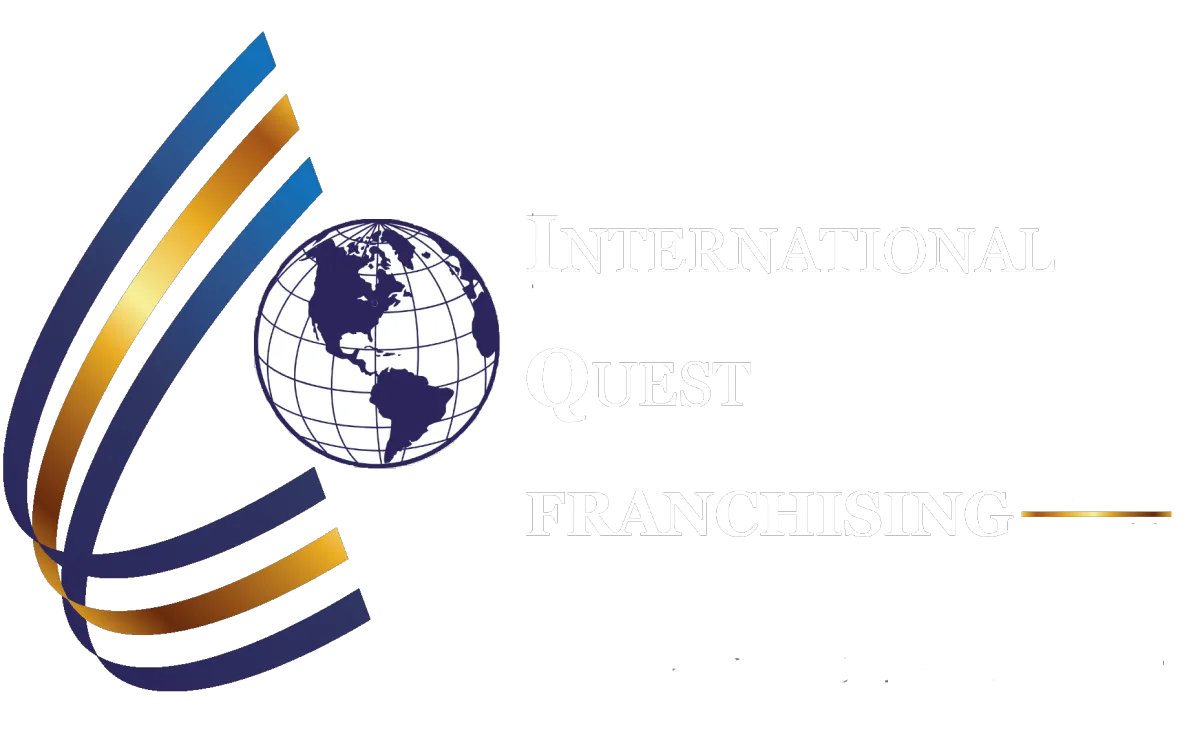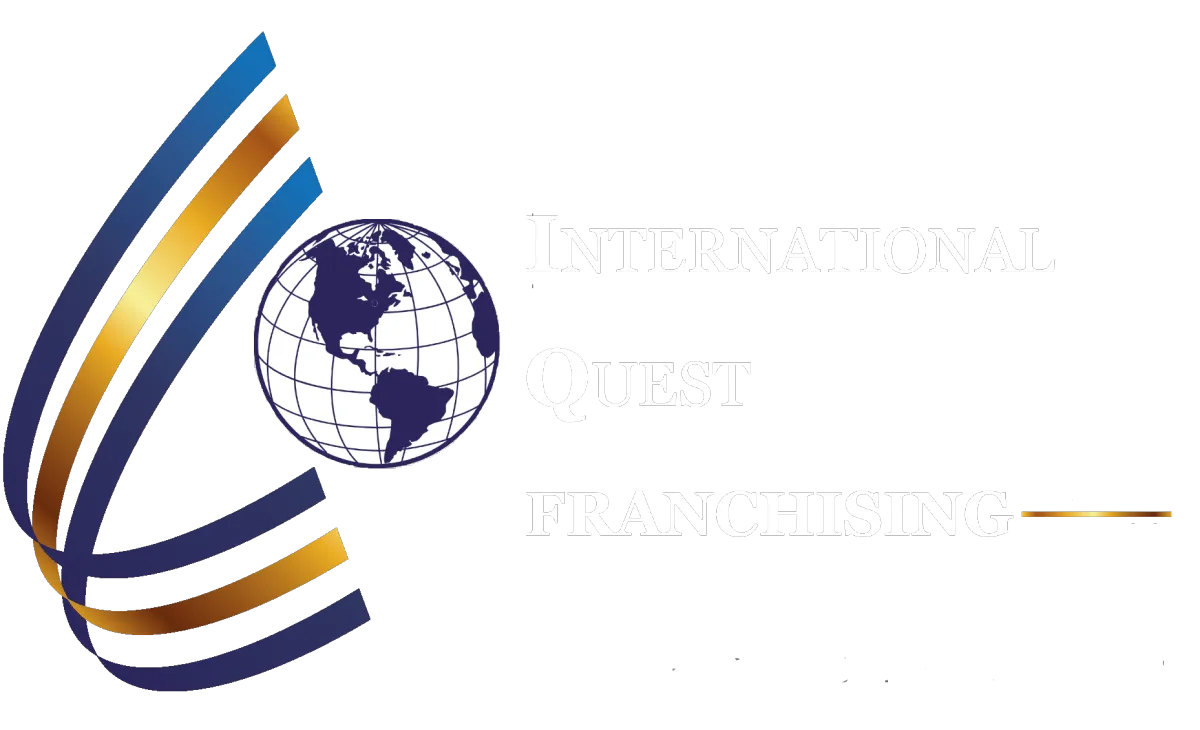Transforming Your Business Through Expert Franchise Development


Blogs

Understanding Franchise Territory Mapping
Understanding Franchise Territory Mapping
Franchise territory mapping refers to the process of defining specific geographic areas where individual franchisees have the right to operate. This concept is crucial in the franchise model as it ensures market efficiency and helps in avoiding conflicts between franchisees. Essentially, territory mapping sets clear boundaries that allow franchisees to maximize their potential within a defined area, promoting a healthier franchise system overall.
There are various types of franchise territories, including exclusive, non-exclusive, and protected territories. In an exclusive territory, only one franchisee has the right to operate within the designated area. Non-exclusive territories may have multiple franchisees operating in the same space, whereas protected territories provide certain safeguards to franchisees, limiting competition within the area but not entirely barring it.
Key factors influencing the size and boundaries of territories include population density, local demographics, geographic features, and market demand. Effective territory development requires the use of detailed demographic and geographic data. By analyzing these datasets, franchisors can draw boundaries that align with consumer markets and behaviors, ensuring that each territory is both manageable and financially viable.
Mapping territories accurately can present some challenges, such as balancing market potential with the risk of market cannibalization. Overcoming these obstacles involves continuous market analysis, leveraging advanced technology, and maintaining transparent communication with franchisees.

Need Help? Use International Quest Franchising, LLC
IQ Franchising helps businesses grow and expand through franchising by working closely with clients to build strong, successful franchise systems. We start by understanding your business, then develop a strategic plan that addresses challenges and maximizes profits. Our expertise in project management and operational efficiency, like Lean & Six Sigma, ensures your franchise system is both effective and sustainable. With our support, your business can thrive, and franchisees can make a positive impact in their communities. Let us help you achieve success and reach your franchising goals. To learn more, Visit. (916) 774-7142
Benefits of Effective Territory Mapping
Effective territory mapping can significantly optimize market penetration and boost revenue potential. By strategically allocating territories, franchisors enable franchisees to target specific market segments, minimizing wasted efforts and resources.
Proper territory mapping also reduces intra-franchisee competition, fostering a cooperative rather than combative environment. When franchisees are assured that their investment is protected by defined boundaries, their satisfaction and willingness to invest in the brand increases.
Additionally, territory mapping allows the identification and capitalization of high-growth areas. Through data analysis and market research, franchisors can pinpoint regions with untapped potential, expanding the brand's footprint effectively.
Lastly, maintaining well-defined territories supports brand consistency and broader customer outreach. Consistent service quality across all territories helps build a strong brand reputation, attracting more loyal customers.
Tools and Technologies for Territory Mapping
Geographic Information Systems (GIS) play a pivotal role in territory mapping by providing visual representations of geographic data. GIS helps franchisors overlay demographic information onto maps, making it easier to visualize and define optimal territories.
Data analytics is also crucial in territory development. By analyzing market trends, consumer behaviors, and competitive landscapes, franchisors can make data-driven decisions in defining territories. Popular mapping software tools such as MapBusinessOnline, Maptitude, and Esri's ArcGIS are invaluable in this domain.
Technology can even predict market trends and franchise performance. Predictive analytics assess historical data to forecast future outcomes, enabling more strategic territory development. Furthermore, integrating CRM systems with mapping software ensures that franchisees have a robust understanding of customer behaviors and preferences within their territories, leading to better-targeted marketing strategies and higher sales.
Best Practices for Franchise Territory Development
Conducting thorough market research before defining territories is fundamental. Understanding the local market, competitors, and customer base helps in drawing boundaries that maximize each territory's potential.
Regularly updating territories based on market changes is also essential. As demographics shift and new competitors enter the scene, territories may need to be adjusted. Flexibility in territory mapping ensures that the franchise system remains competitive and profitable.
Balancing franchisee needs with franchise goals requires strategic planning. While ensuring that franchisees have ample opportunities to succeed, franchisors must also consider the overall growth strategy of the franchise network.
Clear communication with franchisees about territory allocations can prevent misunderstandings and foster trust. Detailed agreements outlining territory boundaries, expectations, and conditions are crucial. Legal considerations should also be taken into account to ensure the fairness and enforceability of these agreements.
Case Studies: Successful Franchise Territory Strategies
There are several real-world examples of effective territory mapping. For instance, famous fast-food chains often use sophisticated data analytics to carve out territories that maximize foot traffic and sales volume. Analyzing such successful franchise expansions and territory adjustments provides valuable insights into best practices.
Lessons learned from territory mapping failures are equally enlightening. Cases where poor planning led to overlapping territories, market cannibalization, or franchisee dissatisfaction highlight the importance of meticulous planning and regular updates.
Different industries approach territory mapping uniquely. The healthcare sector, for instance, focuses on patient demographics and proximity to medical facilities, while the retail industry may prioritize factors like population density and retail footfall.
Challenges and Solutions in Territory Development
Common challenges in franchise territory mapping include boundary disputes and market saturation. Resolving these challenges requires clear guidelines and a robust dispute resolution system. Setting well-defined boundaries and maintaining flexibility to adjust them can mitigate conflicts.
Market saturation and overlapping territories can be managed by conducting periodic market assessments and recalibrating territory boundaries as needed. Adapting to shifts in market conditions and consumer behavior ensures the territories remain optimized for growth.
Scalable and flexible territory mapping allows for expansion without compromising existing franchisees' interests. Using scalable methods such as phased rollouts or market segmentation helps in integrating new territories smoothly.
Future Trends in Franchise Territory Mapping
Emerging technologies like AI and big data are transforming territory mapping. These technologies can analyze vast datasets to identify hidden patterns and forecast market trends more accurately.
The role of predictive analytics in future territory development is expanding. By leveraging algorithms that predict market growth, franchisors can make proactive decisions that drive long-term success.
Trends in consumer behavior, such as the shift towards online shopping, also affect territory strategies. Adapting to these trends by incorporating digital territories and omnichannel strategies can enhance franchise performance.
Global expansion is another trend influencing territory strategies. With franchises expanding across borders, understanding international markets and customizing territories accordingly becomes essential.
The post-pandemic world presents unique challenges and opportunities. The increased reliance on digital and contactless services necessitates rethinking traditional territory boundaries, blending physical and digital territories for a holistic approach.
Conclusion: Maximizing Franchise Success Through Strategic Territory Mapping
Effective territory mapping is vital for franchise success. It ensures optimized market penetration, enhances franchisee satisfaction, and supports overall brand consistency. Franchisors should engage in continuous territory management, regularly updating boundaries based on market changes and leveraging advanced technologies to stay ahead of trends. By prioritizing strategic territory development, franchises can achieve significant growth and sustainability.
International Quest Franchising, LLC
Business Address: 3017 Douglas Blvd.
Ste. 300
City: Roseville
State: CA
Zip: 95661
Phone: (916) 774-7142

Our mission
Empowering small business growth through franchising - creating great communities everywhere!
Copyright © 2025 International Quest Franchising, LLC. All Rights Reserved
Privacy Policy | Terms & Conditions
